Meet Alexander Perelman | Graphic Designer & Art Director
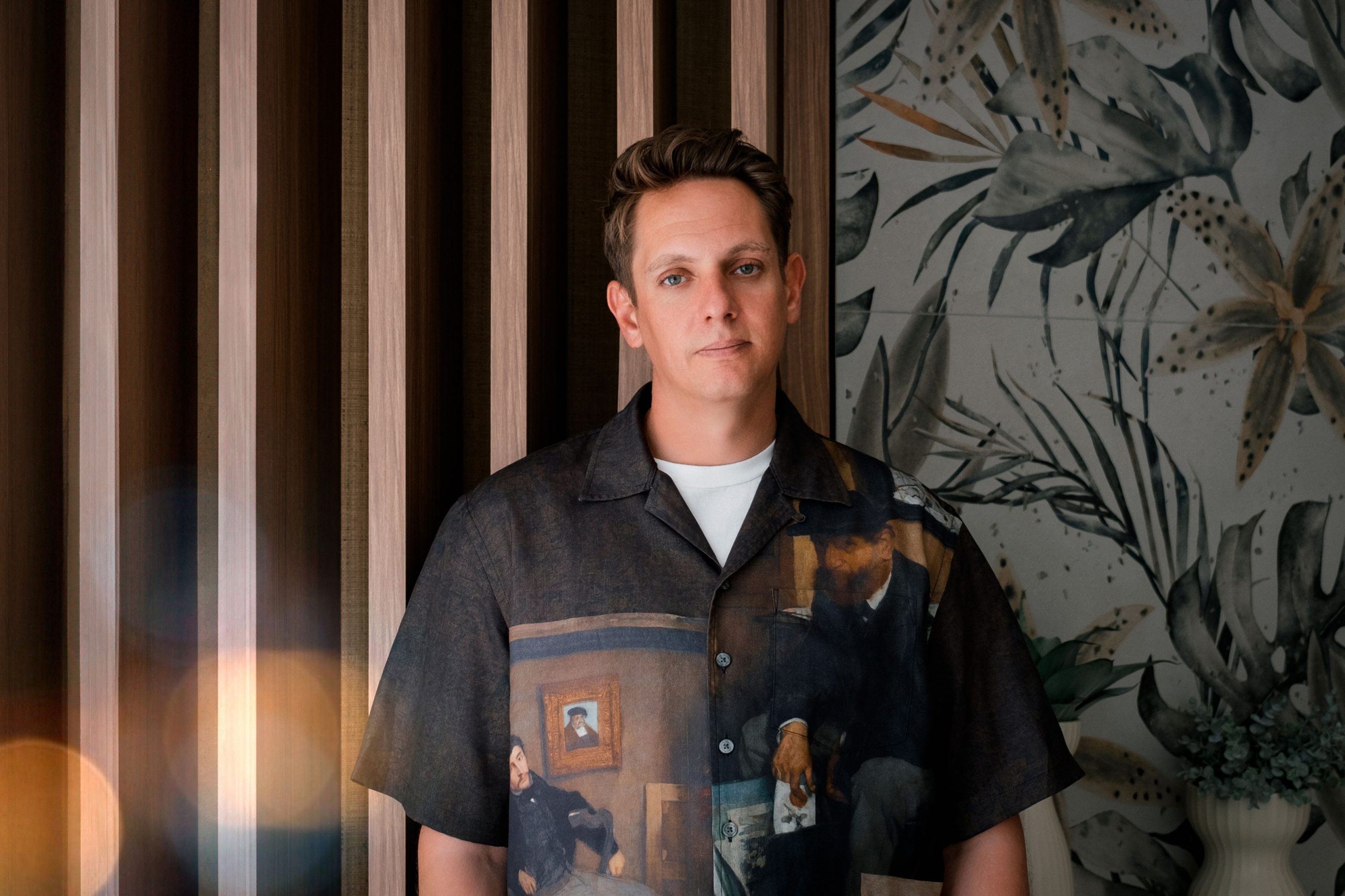
We had the good fortune of connecting with Alexander Perelman and we’ve shared our conversation below.
Hi Alexander, how do you think about risk?
I view risk as an integral part of life and work. Although I’m naturally calm and prefer everything to be under control, my inner voice sometimes urges me to seek thrills, whether it’s hang gliding, whitewater rafting, or mountain climbing. These adventures give me an adrenaline rush and reboot my nervous system.
In my professional sphere, risk often manifests in the form of making unconventional decisions or proposing unique visual solutions. There’s not always certainty about how the client will react, so I strive to fully understand the brief and offer ideas that go beyond the task at hand but still help solve the problem. It’s a kind of calculated risk-taking, often leading to acquiring new clients or winning crucial tenders for the company. Risk is also the engine of progress; without it, there’s no advancement.
Risk also surfaces in complex projects that initially seem daunting, where I have to learn something new or master a new technology or visual technique. This path leads to professional growth and turns you into a multidisciplinary specialist, which reflects positively on career advancement.
As for habits, the main challenge for me in the past was improper time management because working on a project often brought forth ideas that could completely invalidate all the work done, requiring a fresh start while the project deadlines remained unchanged. I’ve come up with a rule for myself, which I call “diving for pearls,” akin to my surname (Perelman, where the first part derives from the word “pearl,” imagining my ancient ancestors engaging in pearl diving). I divide the project into two parts: the first part is “full immersion”, during which all the main work is done—searching for various ideas and metaphors, endless sketches, trimming the excess, and creating a structure for further work for all team members to ensure everyone has a clear understanding of what needs to be done. This is the most difficult and time-consuming stage of work, requiring complete concentration, preferably setting aside all other work matters. The second stage is “emergence,” which is an important stage but not as challenging because when you see light in the darkness, you know where to swim. At this stage, the project is refined, all elements come together to form a unified picture, and the final look is shaped. This rule allows me to feel emotionally more stable, keep everything under control, and of course, deliver well-thought-out projects on time.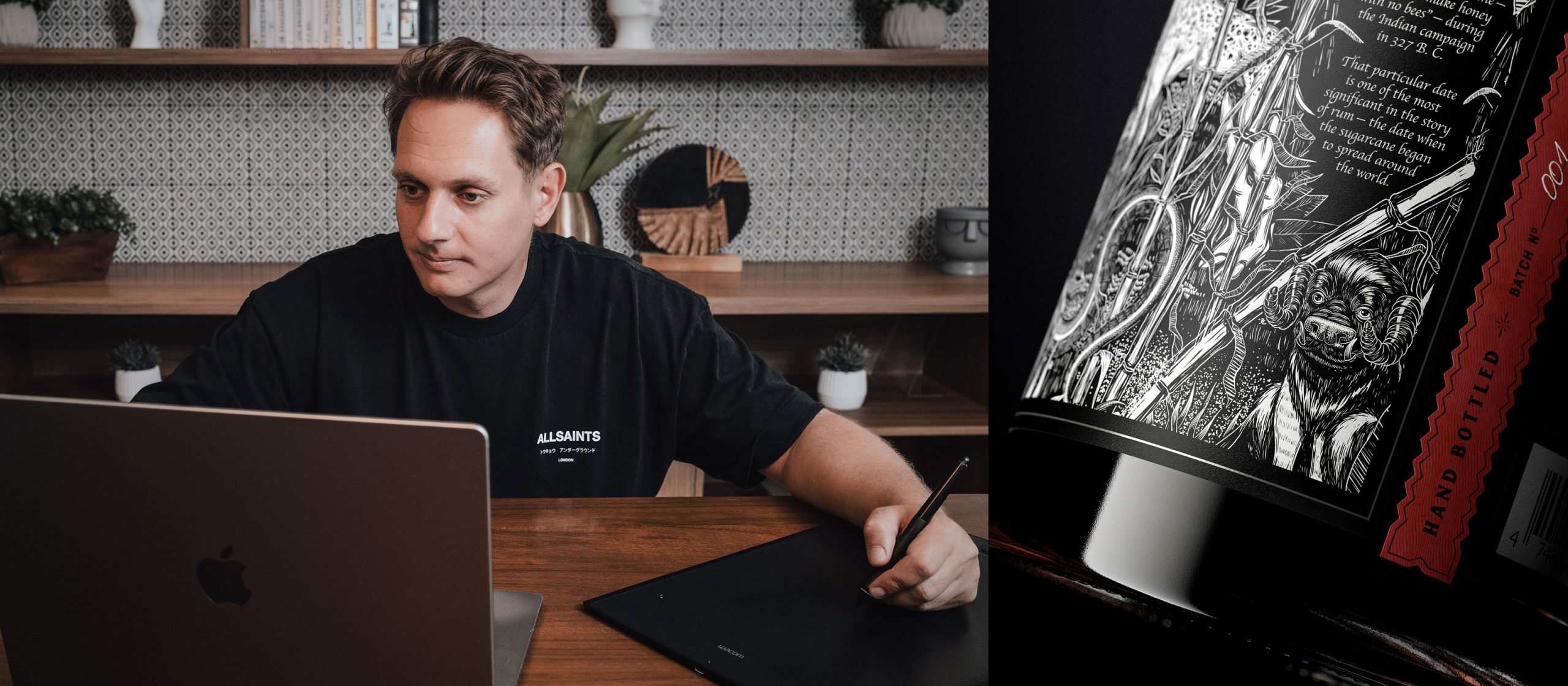
Let’s talk shop? Tell us more about your career, what can you share with our community?
I am a graphic designer with extensive experience in brand identity, packaging, and web design. Over my nearly 15-year career, I’ve applied my skills in visual design, art direction, and cross-platform system development at top advertising agencies in Russia, such as BBDO Moscow, Proximity, and Action Agency, as a Creative Group Head. Among my clients are major global companies including Unilever, Mars, Visa, Google, VW, Continental, Bacardi, Coca-Cola, L’Oréal, and many others. Many of my web design, packaging, and advertising projects have been recognized with prestigious awards at Pentawards, Silver Mercury, Effie Awards, and other festivals. Currently, I work at Basepaws, a company specializing in DNA tests for pets, where I’ve led a rebranding effort and website overhaul with my team in a relatively short time.
My path to this profession has been quite winding. I was born and raised in Tuapse, a small city on the Black Sea coast in Russia. Despite being an industrial port city, it has a creative aspect thanks to its people and stunning natural beauty. My love for graphic design oddly began with a passion for music. As a child, I attended guitar classes at a music school, and in the evenings, I listened to records from my parents’ collection and redrawn album covers of various artists. Later, while playing in an indie rock band, I met a small team of artists and programmers who created video art. We collaborated, and I composed 8-bit music for their videos. At that time, the Demoscene was popular, and we participated in competitions and shared our works. I was always fascinated by creativity, but my parents, both doctors, were quite conservative. They wanted me to receive a solid education, believing that I couldn’t make a living through creativity. I listened to them and chose a technical university, studying laser production. Initially, I enjoyed it, and during my studies, I worked for a small newspaper, laying out the paper, doing technical design, and learning the basics of design. After two years, I realized I wasn’t enjoying my future profession and decided to change course. I chose another university, studying Economics part-time, as I wanted more time for graphic design. I managed to land a job at an advertising agency on a competitive basis, and when I started earning decent money through design, I realized that this was my path. After graduating from the economic university, I immediately enrolled in the British Higher School of Design, majoring in visual communications, as despite being a practicing designer, I felt gaps in my knowledge. Thus, I moved to Moscow where I continued my career.
Graphic design is a whole universe to me. It’s a universe with its stars, uncharted spots on the map, equally incomprehensible and alluring. I chose this profession because I enjoy creating meanings and giving them expressive visual form, which ultimately benefits both brands and their consumers.
Now, a new world has opened up to me as I’ve received a visa for talented individuals and moved to the USA. There’s still much to do: continue improving my English, forge new connections, and adapt to the new market.
Success doesn’t come by chance. It requires persistence, willingness to learn and adapt, and a desire to do ordinary things extraordinarily well. I strive not just to create projects but to develop solutions that truly work and benefit both brands and their consumers.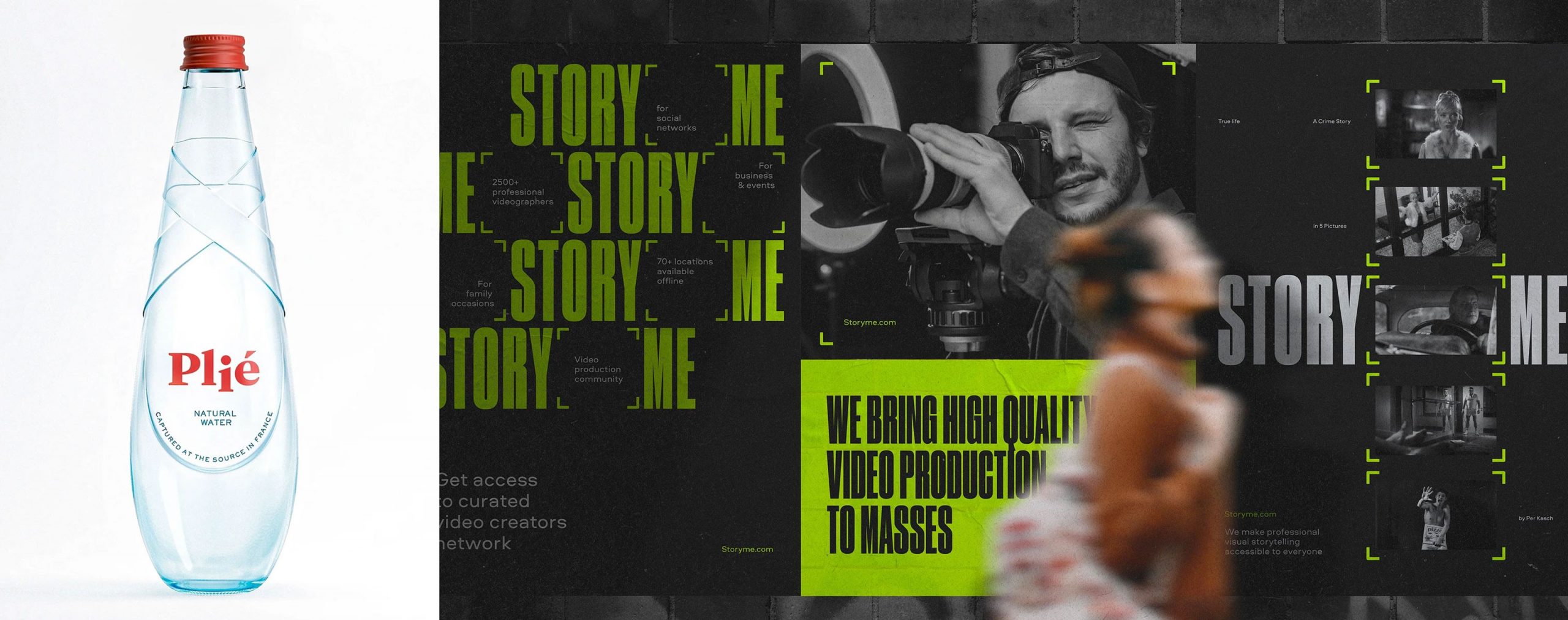
Let’s say your best friend was visiting the area and you wanted to show them the best time ever. Where would you take them? Give us a little itinerary – say it was a week long trip, where would you eat, drink, visit, hang out, etc.
First and foremost, I’ll show the Wynwood Walls area—it’s an outdoor museum showcasing large-scale works by some of the world’s best-known street artists. The surrounding streets have converted warehouses housing craft breweries and funky art galleries. We’ll catch the sunset at Cape Florida.
On another day, we’ll head to the beautiful beach, especially one I love, Dr. Von D. Mizell-Eula Johnson State Park. There, you’ll find wide beaches with dunes, and it’s usually not too crowded. By 4 pm, cruise liners start to depart. Nearby the park, we’ll grab dinner at “3 Sons Brewing Co,” where there’s a really great selection of tasty beer and excellent pizza.
For the weekend, we can head to Key West, the southernmost point of America. For lunch, I recommend “Seaside Cafe at the Southernmost Mansion” for its beautiful view and delicious food. And in Key West, there’s always a celebration on weekends.
Upon returning, we’ll take a stroll through the Coral Gables and Coconut Groove neighborhoods, and we’ll catch the sunset at South Point Park.
We could also dedicate a day to packing some food and heading to Everglades National Park. There, we’ll drive through all the points, see alligators in their natural habitat, and reach the southernmost point, which is already on the Gulf of Mexico.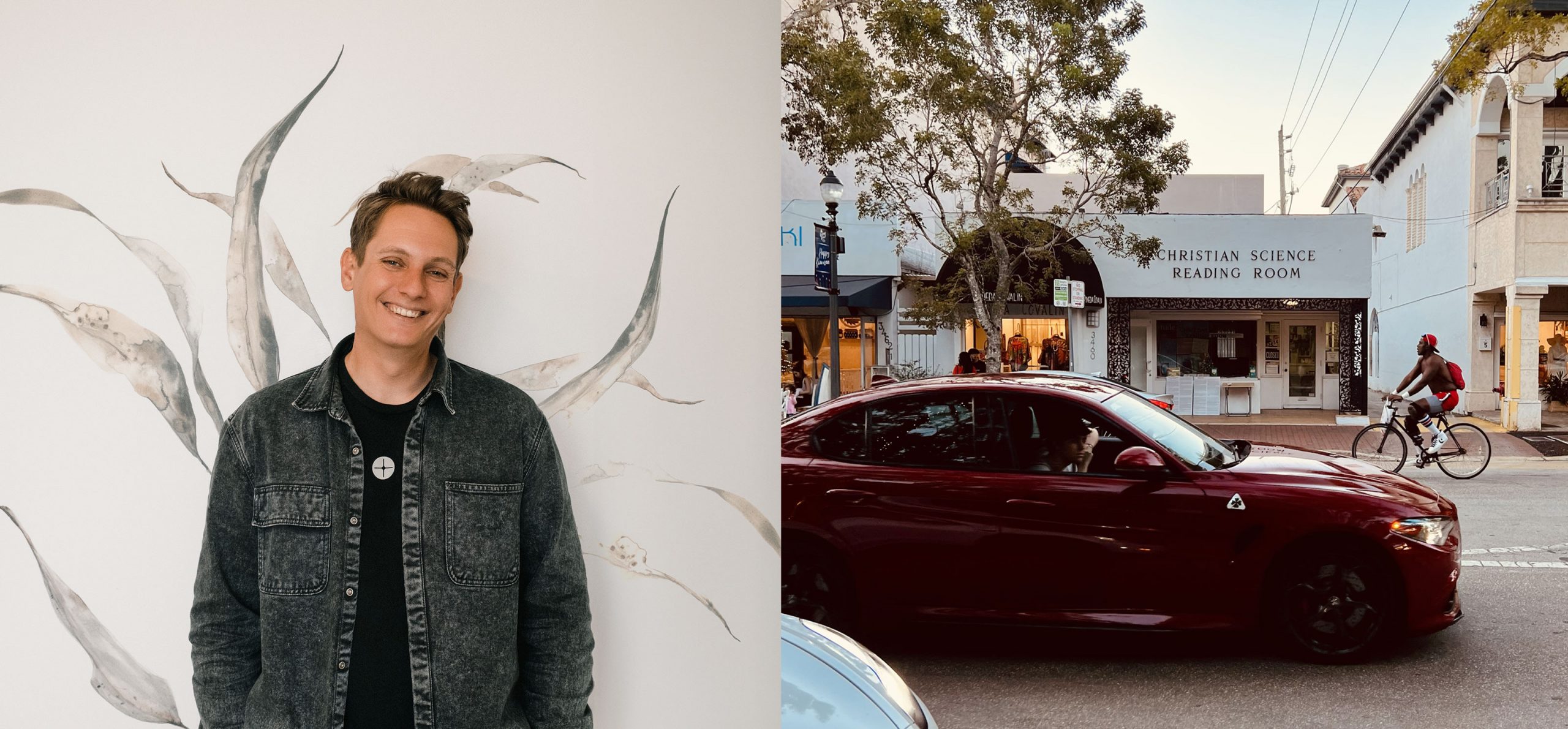
The Shoutout series is all about recognizing that our success and where we are in life is at least somewhat thanks to the efforts, support, mentorship, love and encouragement of others. So is there someone that you want to dedicate your shoutout to?
Of course, in my life, there are many people deserving recognition, but I especially want to highlight my family, who have been my support during the most challenging moments of my life.
My wife, Suzanna, in particular, deserves special mention. We’ve known each other for 13 years, and I’ve practically walked my entire career path with her. Her ability to listen, empathize, and encourage during moments of crisis has been an invaluable gift that helped me not lose faith in myself.
Also, I’d like to recommend a few books:
– “Design of Everyday Things” by Don Norman – This book is a classic in the field of product design and user experience.
– “Think Like a Designer, Don’t Act Like One” by Jeroen van Erp – This book is not only for design professionals but also for anyone who wants to incorporate elements of design thinking into their everyday life and work.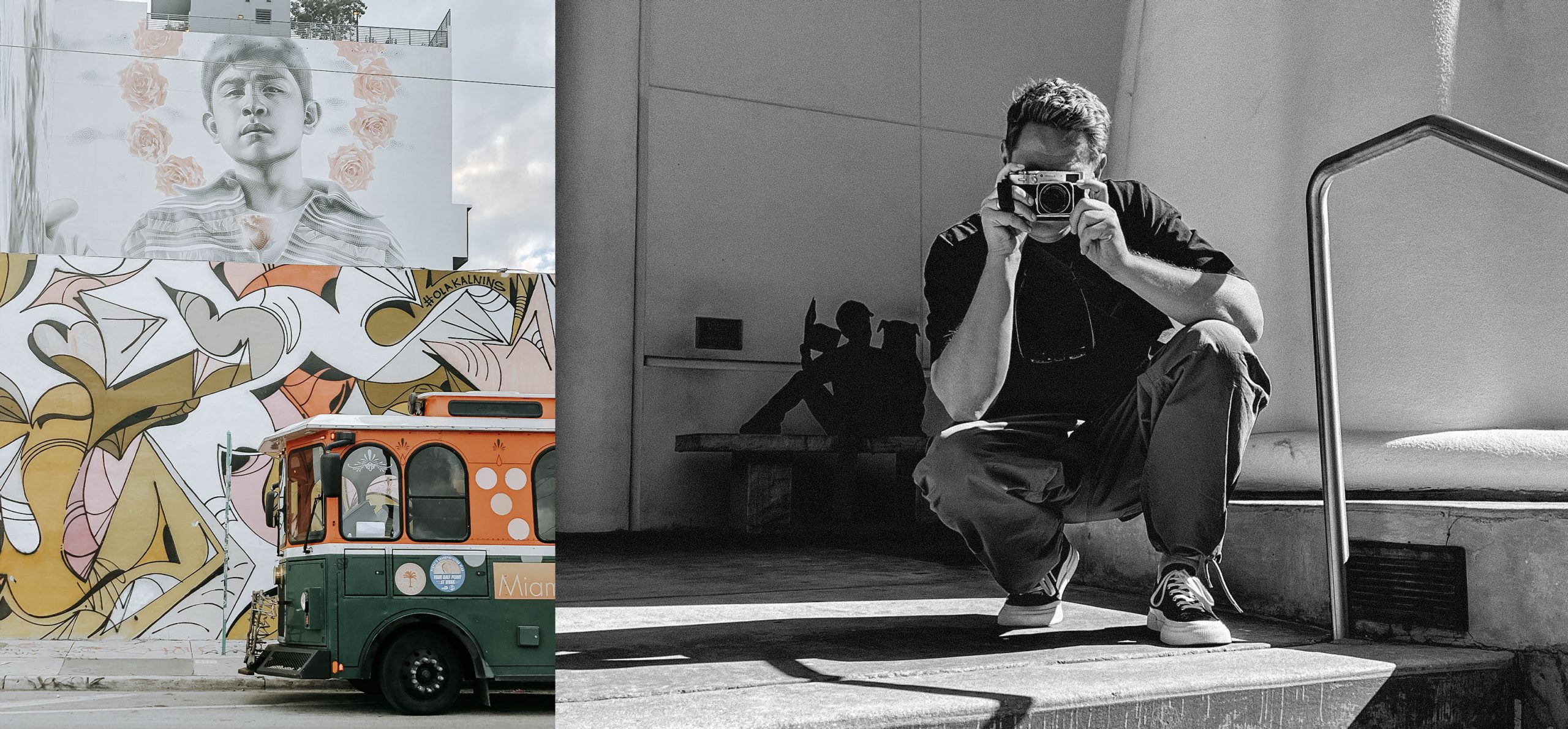
Website: perelman.design
Instagram: https://www.instagram.com/sasha_perelman/
Linkedin: https://www.linkedin.com/in/alex-perelman/
Image Credits
Alexander Perelman
